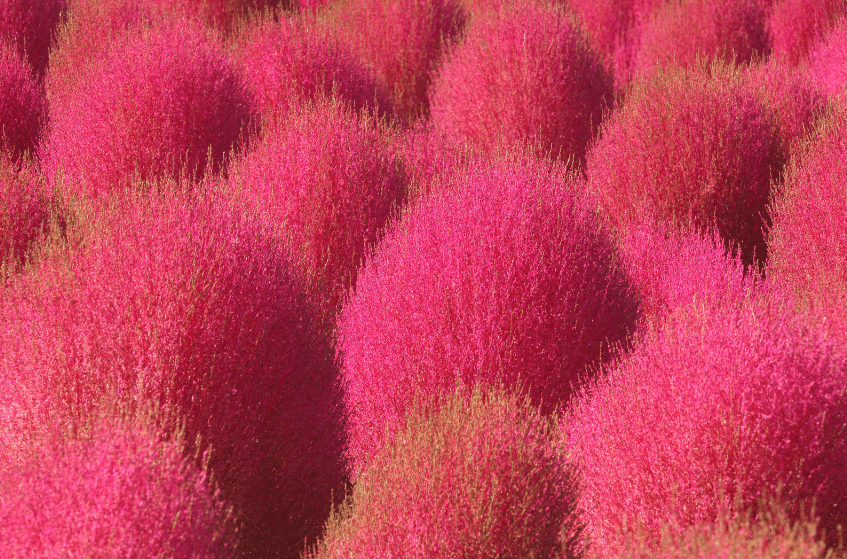
Fructus kochiae
Share

Common Name Broom vegetables, broom seedlings, ground sunflowers, ground wheat, Yi Ming, fallen brooms, bamboo brooms, iron broom handles, and brooms
Family Name Chenopodiaceae
Parts Used Cell fruit of Kochia scoparia (L.) Schrad
Herbal Actions diuretics
Health Benefits Clear away dampness and heat and relieve itching
What are the Benefits of Fructus kochiae?
Anti-inflammatory Properties
One of the most touted benefits of Fructus Kochiae is its anti-inflammatory effects. Inflammation is a root cause of many health issues, and by reducing it, this fruit can help alleviate symptoms associated with conditions like arthritis, skin irritation, and allergies.
Skin Health
TCM practitioners have historically used Fructus Kochiae to treat skin conditions such as eczema and acne. The fruit's purported detoxifying properties are believed to help clear the skin and improve complexion.
Urinary Tract Support
The diuretic properties of Fructus Kochiae make it a popular choice for supporting urinary tract health. It's often recommended to individuals who are prone to urinary infections or who seek a natural way to promote kidney health.
Digestive Aid
Fructus Kochiae is also said to assist in digestion and can be used to soothe stomach ailments. Its potential benefits for the digestive system make it a versatile herb in the treatment of various gastrointestinal issues.
Historical Use of Fructus kochiae
Fructus kochiae, commonly known as Kochia or Belvedere fruit, has a storied past deeply rooted in traditional medicine. This wild fruit, although not as popular in the modern dietary lexicon, possesses a plethora of health benefits that have been recognized for centuries.
A Traditional Remedy
The use of Fructus kochiae dates back to ancient times, particularly within Chinese herbal medicine. It was predominantly utilized to treat various ailments and was known for its diuretic and detoxifying properties. Traditional healers prescribed it to alleviate conditions related to the urinary tract and to expel heat and toxins from the body.
Clearing Heat and Detoxifying
One of the primary functions of Fructus kochiae in traditional practices was to clear heat and remove toxins. It was commonly used in cases of urinary tract infections, kidney stones, and even skin conditions like eczema that were believed to be caused by 'heat' in the body.
Promoting Urination
Due to its diuretic effect, Fructus kochiae was often recommended to promote urination and relieve water retention. This aspect made it valuable for treating edema and reducing swelling.
Culinary Uses
Despite its primary role as a medicinal herb, Fructus kochiae was sometimes incorporated into the diet. Its bitter taste was typically balanced with other flavors in herbal teas or soups, which were consumed not only for health benefits but also as preventative measures against illness.
Herbal Teas and Soups
The fruit was often dried and then added to teas or broths, imparting its health properties into everyday consumption. These preparations were especially popular during seasonal changes when the body was believed to be more susceptible to imbalances and external pathogens.
Botanical Description & Habitat
Annual herb, villous with joints and many branches; linear-lanceolate leaves, hairless or slightly hairy, usually with 3 obvious main veins and sparse rust-colored silky hairs on the edges; Small flowers bloom in summer and autumn, clustered in the leaf axils; the flowers are wrapped around the fruit, and each leaf has a horizontally expanded wing on its back.
Distributed in most parts of Asia, Europe and mainland China, it grows in areas with an altitude of 50 meters to 3,200 meters, usually growing on roadsides, fields and wastelands.
